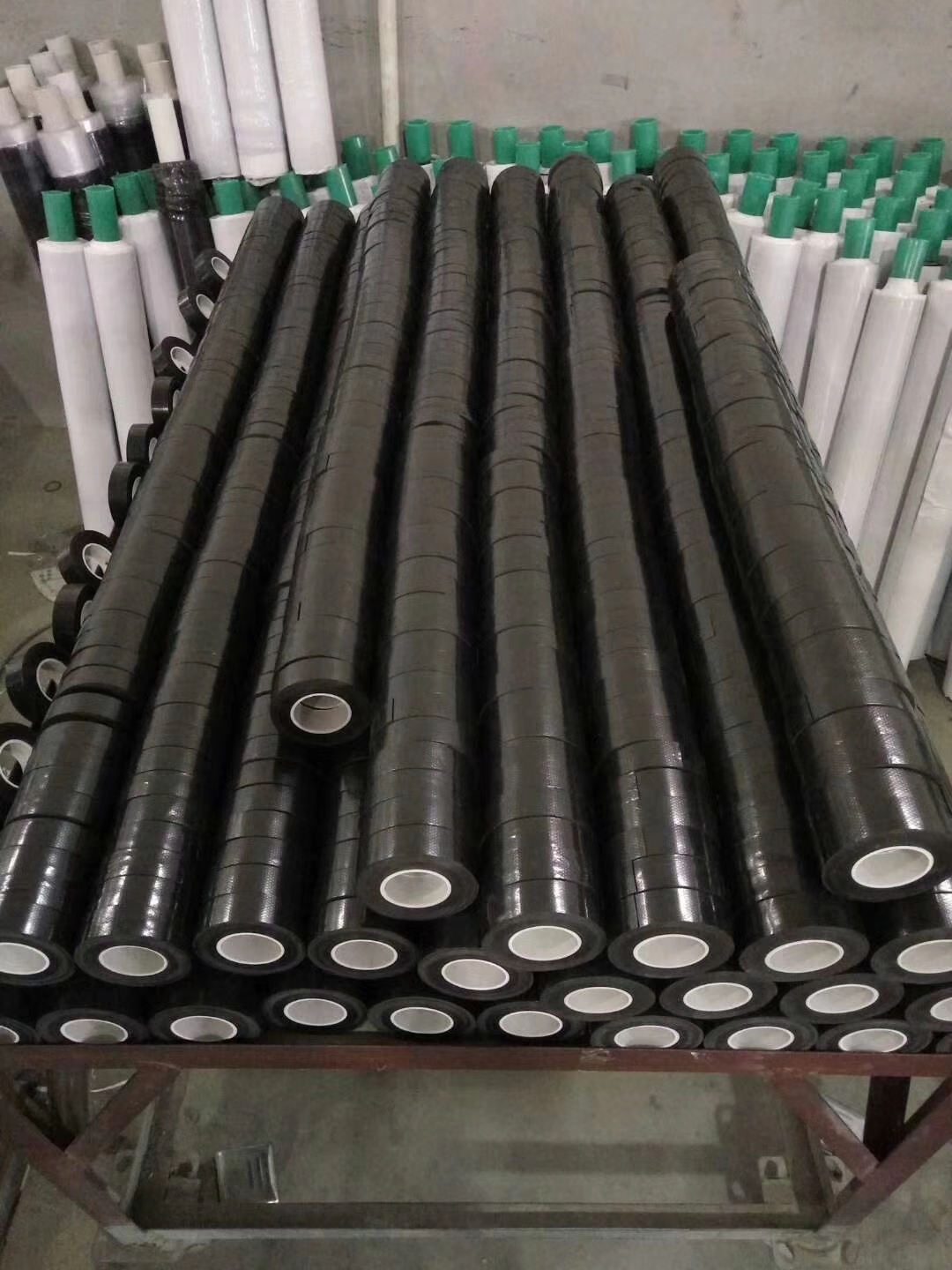Understanding Heat Tape A Guide to Electric Heating Solutions
In various applications, from agriculture to residential heating, maintaining appropriate temperatures is paramount. One innovative solution that has gained popularity in recent years is heat tape, especially electric heat tape. This versatile tool is designed to provide controlled heating in cold environments, protecting sensitive pipes, keeping roofs clear of ice, and ensuring optimal temperatures for various projects. In this article, we will explore what electric heat tape is, how it works, and its applications, benefits, and considerations for usage.
What is Electric Heat Tape?
Electric heat tape, often referred to as heat cable or heating tape, is a type of electrical heating element that comes in the form of a flexible strip or tape. It consists of a resistive heating wire encased in a protective coating, typically made from materials like PVC or silicone. The tape can be easily installed along surfaces that require heating, such as water pipes, roofs, and gutters. When electricity flows through the wire, it generates heat, which is then radiated onto the surface it is attached to, effectively warming the area.
How Does Electric Heat Tape Work?
The operation of electric heat tape is straightforward. Once installed and connected to a power source, the resistive wire inside the tape heats up due to electrical resistance. The amount of heat produced can vary depending on the specific type of heat tape and its power rating, which is measured in watts per foot. Some heat tapes come with built-in thermostats that automatically turn the heating element on and off based on the temperature, ensuring energy efficiency and preventing overheating.
Installation is a critical step to ensure effective heating. The tape is typically wrapped around the pipe or surface needing protection and can be secured with electrical tape or adhesive. It is essential to follow the manufacturer's instructions for installation and electrical connections to ensure safety and effectiveness.
Applications of Heat Tape
The applications of electric heat tape are diverse and can be categorized into several areas
1. Pipe Protection One of the most common uses for heat tape is to prevent pipes from freezing during cold weather. By applying heat tape to water pipes, homeowners can safeguard against potential bursts caused by freezing temperatures.
2. Roof and Gutter Management Heat tape is also utilized on roofs and gutters to prevent ice dams. By keeping the roof surface warm, the tape helps melt snow and ice, preventing water accumulation that can lead to leaks and structural damage.
3. Agricultural Use In agriculture, heat tape can be used for greenhouse applications or to warm soil for seed germination, ensuring optimal conditions for plant growth in colder months.
4. Animal Care Electric heat tape can also be vital in maintaining warm environments for livestock and pets, especially in areas prone to harsh winter weather.
heat tape electric

Benefits of Electric Heat Tape
The advantages of using electric heat tape are numerous
- Energy Efficiency Many electric heat tapes come with thermostatic controls, which help reduce energy consumption by only operating when necessary.
- Safety Modern heat tapes are designed with safety features such as overheat protection, minimizing risks associated with heating elements.
- Easy Installation Heat tape can be installed by homeowners with basic electrical knowledge, making it accessible for those looking to protect their property.
- Versatility Whether for residential, agricultural, or commercial uses, electric heat tape can be adapted to various heating needs, ensuring its utility across different sectors.
Considerations for Usage
While electric heat tape is generally safe and effective, there are a few considerations to keep in mind
- Electrical Requirements Ensure that your home's electrical system can support the additional load of the heat tape. It is advisable to consult with a licensed electrician for installation.
- Type of Heat Tape Not all heat tapes are created equal. Consider factors such as length, wattage, and thermostat features to choose the right product for your needs.
- Maintenance Regular checks for damage to the tape and electrical connections are necessary to ensure continued safe operation.
In summary, electric heat tape is an innovative and effective solution for various heating needs. Its diverse applications and benefits make it an invaluable tool for protecting property and ensuring optimal temperatures, especially in colder climates. By understanding how to use electric heat tape properly, individuals can safeguard their investments against the perils of freezing temperatures, ultimately leading to long-term cost savings and enhanced safety.
-
XIANGFAN Rubber Tape-Ultimate Solutions for All Your Insulation NeedsNewsJun.24,2025
-
XIANGFAN Rubber Tape-Protection for Industrial and Residential ApplicationsNewsJun.24,2025
-
XIANGFAN Rubber Tape: Superior Safety and Sealing for Demanding EnvironmentsNewsJun.24,2025
-
XIANGFAN Rubber Tape: Reliable Solutions for Every Electrical ChallengeNewsJun.24,2025
-
XIANGFAN Electrical & Industrial Tape: Powering Reliability Across IndustriesNewsJun.24,2025
-
XIANGFAN Electrical & Industrial Tape: Excellence in Every ApplicationNewsJun.24,2025
